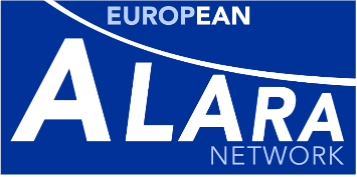Background
A fundamental principle in radiation protection is optimisation that is that radiation exposures should be as low as reasonably achievable (ALARA). The first summary of the European survey on occupational radiation exposure, ESOREX, specifically identified the non-nuclear industry, in particular industrial radiography, as a work sector that has given rise to some significant occupational exposures. This fact was supported in the 2nd Workshop of the European ALARA Network (EAN) which further identified industrial radiography as an area where the ALARA principle could be further developed. Subsequently, industrial radiography was taken as the focus of the 5th EAN Workshop, from which, improvements in the following key areas were recommended:
- Analytical techniques to assist in the decision-making process,
- Site radiography working procedures, especially the arrangements between the radiography company and the client,
- Operational arrangements at management level and in the practical working field,
- Training of radiography staff in radiation protection.
Aims and objectives of the project
Overall aim of the project
The overall aim was to establish an active European NDT ALARA Network to facilitate the promotion of the ALARA principle in industrial radiography. When operational the network should:
- Provide a mechanism for the direct exchange of experience and information on regulatory requirements, administrative and operational procedures having a direct bearing on the reduction of doses to workers and the general public,
- Provide a platform for the sharing of knowledge on operational and practical measures between NDT companies, client bodies and radiological protection bodies,
- Issue guidance with respect to a structured approach to the ALARA principle in the area of non-destructive testing.
Specific objectives of the project
- Review of optimisation and harmonisation of radiological protection in the NDT industry: previous work in this area (5th EAN Workshop) has already identified a number of NDT issues where further optimisation or European harmonisation should be pursued. These are in the areas of, for example, regulatory issues, equipment employed, procedures adopted and radiographer profile.
- Development of Codes of Practice Written guidance, focussing on working arrangements and procedures to help ensure that ALARA is achieved in practice will be produced for dissemination in Member States.
- Development
of initiatives to improve and support training: national training
requirements for radiography personnel vary considerably.
- Integration of the NDT Network into EAN: at the end of the project, the objective was to integrate the NDT Network into EAN as a sub-network.
